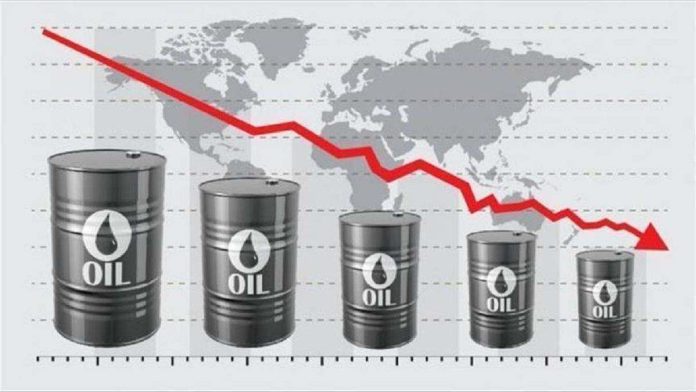Oil prices fell below $70 per barrel as OPEC+ members eased their production cuts, ramping up output ahead of schedule. The group, led by major producers like Saudi Arabia, Russia, Iraq, and the UAE, has decided to fast-track a production hike, approving an increase of 411,000 barrels per day (bpd) in May—equivalent to three months’ worth of planned increases.
Brent crude dropped around 0.90%, trading at $69 per barrel, while U.S. benchmark West Texas Intermediate (WTI) fell by 0.88%, settling at $65.74 per barrel.
The decline in oil prices is driven by concerns over weaker demand, following U.S. President Trump’s announcement of new tariffs, as well as OPEC+’s decision to speed up production hikes and phase out output cuts.
Trump’s April 2 announcement of a 10% universal tariff on U.S. imports, along with higher tariffs on major trading partners, especially China, has raised fears of inflation and slower economic growth, putting downward pressure on global oil prices. Although oil and gas imports are exempt from the new tariffs, concerns over weaker industrial output and consumer spending continue to dampen demand.
In response to these pressures, OPEC+ decided to bring forward its planned output increase for May, from 135,000 bpd to 411,000 bpd. This move includes members like Saudi Arabia, Russia, Iraq, Kuwait, and others, who agreed to fast-track the production increase to address rising consumer pressures and inflationary strains linked to surging fuel prices.
OPEC emphasized that these production increases could be adjusted or reversed depending on market conditions, providing flexibility to ensure continued market stability. The group will hold monthly meetings to review market conditions and decide on future production adjustments. The next meeting is scheduled for May 5, where decisions on June’s production levels will be made.














